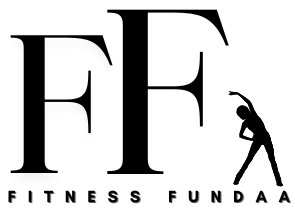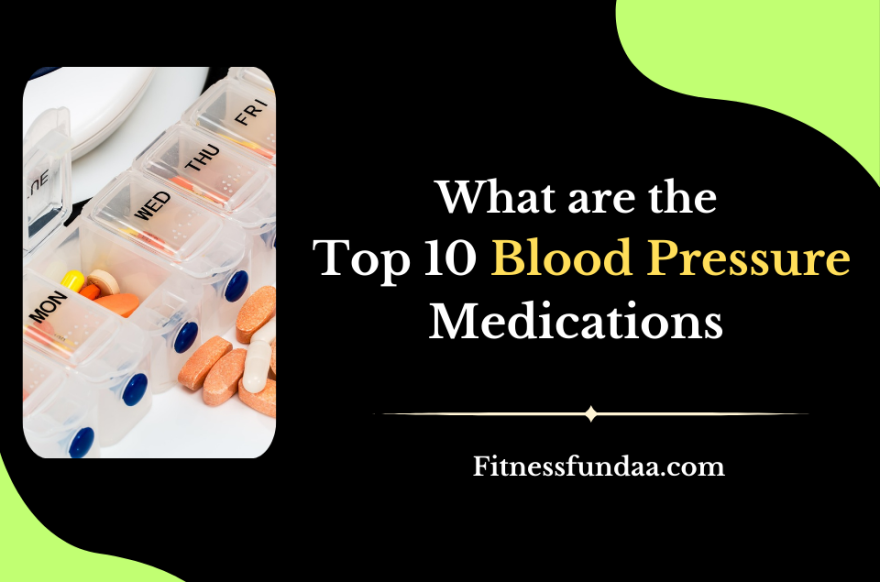Blood pressure is a critical physiological parameter that measures the force exerted by circulating blood against the walls of blood vessels as it is pumped by the heart throughout the body. It is expressed in terms of two values: systolic pressure, which represents the pressure during heartbeats when the heart contracts and pumps blood into the arteries, and diastolic pressure, which reflects the pressure when the heart relaxes between beats and fills with blood. Top 10 Blood Pressure Medications . Blood Pressure Medications .
Normal blood pressure typically falls within a range of 90/60 mmHg to 120/80 mmHg, with systolic pressure represented by the first number and diastolic pressure by the second. However, blood pressure can fluctuate throughout the day in response to various factors such as physical activity, stress, and sleep. Consistently high blood pressure, known as hypertension, can have serious health consequences, including an increased risk of heart disease, stroke, and kidney damage.
Blood pressure is regulated by a complex interplay of physiological mechanisms involving the heart, blood vessels, kidneys, and nervous system. When blood pressure rises, sensors called baroreceptors located in the walls of blood vessels detect the change and send signals to the brain, which in turn activates mechanisms to lower blood pressure, such as dilating blood vessels or reducing the force of heart contractions. Conversely, when blood pressure falls too low, the body responds by constricting blood vessels and increasing heart rate to maintain adequate blood flow to vital organs.
Several factors can influence blood pressure, including age, genetics, lifestyle habits, and underlying health conditions. As individuals age, blood vessels may become less flexible, leading to an increase in blood pressure. Additionally, a family history of hypertension can
predispose individuals to develop high blood pressure themselves. Lifestyle factors such as diet, exercise, smoking, and alcohol consumption also play a significant role in blood pressure regulation. A diet high in sodium and saturated fats, combined with a sedentary lifestyle, can contribute to the development of hypertension over time.
Managing blood pressure involves a combination of lifestyle modifications, medication, and regular monitoring. Adopting a heart-healthy diet rich in fruits, vegetables, whole grains, and lean proteins, while limiting sodium, saturated fats, and refined sugars, can help lower blood pressure and reduce the risk of cardiovascular disease. Regular physical activity, such as brisk walking, swimming, or cycling, is also beneficial for maintaining healthy blood pressure levels and overall cardiovascular health.
In addition to lifestyle changes, healthcare providers may prescribe medications to help lower blood pressure in individuals with hypertension. These medications work by dilating blood vessels, reducing fluid volume, or decreasing the force of heart contractions to achieve target blood pressure levels. Common classes of antihypertensive drugs include diuretics, beta-blockers, ACE inhibitors, angiotensin II receptor blockers (ARBs), calcium channel blockers, and vasodilators. The choice of medication depends on individual factors such as age, underlying health conditions, and tolerance to side effects.
Regular monitoring of blood pressure is essential for individuals with hypertension to track their progress and adjust treatment as needed. Home blood pressure monitors are available for convenient self-monitoring, although it is essential to follow proper technique and consult with a healthcare professional for accurate interpretation of results. Healthcare providers may also recommend regular check-ups and laboratory tests to assess cardiovascular risk factors and monitor the effectiveness of treatment over time.
Here’s a detailed information of the Top 10 Blood Pressure Medications:
Diuretics (Thiazide Diuretics):
– Thiazide diuretics are often recommended as a first-line treatment for hypertension. They work by increasing the excretion of sodium and water from the body, which reduces blood volume and lowers blood pressure. Examples include hydrochlorothiazide (HCTZ), chlorthalidone, and indapamide.
Angiotensin-Converting Enzyme (ACE) Inhibitors:
– ACE inhibitors block the action of angiotensin-converting enzyme, which is involved in the production of angiotensin II, a hormone that causes blood vessels to constrict. By inhibiting this enzyme, ACE inhibitors help dilate blood vessels and lower blood pressure. Examples include lisinopril, enalapril, and ramipril.
Angiotensin II Receptor Blockers (ARBs):
– ARBs work by blocking the action of angiotensin II at its receptor sites, preventing it from causing blood vessels to narrow. This results in vasodilation and lower blood pressure. ARBs are often prescribed as an alternative to ACE inhibitors for patients who cannot tolerate the side effects of ACE inhibitors. Examples include losartan, valsartan, and olmesartan.
Calcium Channel Blockers (CCBs):
– Calcium channel blockers inhibit the entry of calcium into smooth muscle cells in blood vessels and the heart, leading to relaxation of blood vessels and reduced cardiac workload. This results in lowered blood pressure. CCBs are divided into two main classes: dihydropyridines (e.g., amlodipine, felodipine) and non-dihydropyridines (e.g., diltiazem, verapamil).
Beta-Blockers:
– Beta-blockers work by blocking the effects of adrenaline (epinephrine) on the heart and blood vessels. They reduce heart rate and cardiac output, leading to decreased blood pressure. Beta-blockers are often used in combination with other antihypertensive medications. Examples include metoprolol, atenolol, and carvedilol.
Alpha-Blockers:
– Alpha-blockers block the action of alpha-adrenergic receptors, leading to relaxation of smooth muscle in blood vessels and reduced peripheral resistance. This results in lower blood pressure. Alpha-blockers are less commonly prescribed as first-line treatment but may be used in combination with other medications. Examples include doxazosin, prazosin, and terazosin.
Renin Inhibitors:
– Renin inhibitors block the action of renin, an enzyme involved in the production of angiotensin II, a potent vasoconstrictor. By inhibiting renin, these medications reduce the formation of angiotensin II and lower blood pressure. Aliskiren is an example of a renin inhibitor.
Direct Vasodilators:
– Direct vasodilators relax the smooth muscle in blood vessels, leading to dilation and decreased peripheral resistance. This results in lower blood pressure. Direct vasodilators are typically reserved for patients with severe hypertension or those who do not respond to other medications. Hydralazine and minoxidil are examples of direct vasodilators.
Alpha-Beta Blockers:
– Alpha-beta blockers combine the effects of both alpha-blockers and beta-blockers. They block the action of adrenaline on both alpha-adrenergic and beta-adrenergic receptors, leading to reduced peripheral resistance and cardiac output. Carvedilol and labetalol are examples of alpha-beta blockers.
Potassium-Sparing Diuretics:
– Potassium-sparing diuretics work by increasing the excretion of sodium and water while conserving potassium in the body. They are often used in combination with other diuretics to prevent potassium loss. Spironolactone and eplerenone are examples of potassium-sparing diuretics.
These medications are prescribed based on individual patient factors such as blood pressure levels, comorbidities, and tolerability. It’s essential for patients to work closely with their healthcare providers to determine the most appropriate medication regimen for their specific needs and to monitor for any potential side effects or interactions.
In conclusion, blood pressure is a crucial indicator of cardiovascular health that reflects the force exerted by circulating blood against the walls of blood vessels. Maintaining healthy blood pressure levels through lifestyle modifications, medication, and regular monitoring is essential for reducing the risk of heart disease, stroke, and other related conditions. By understanding the factors that influence blood pressure and taking proactive steps to manage it, individuals can improve their overall health and well-being.

